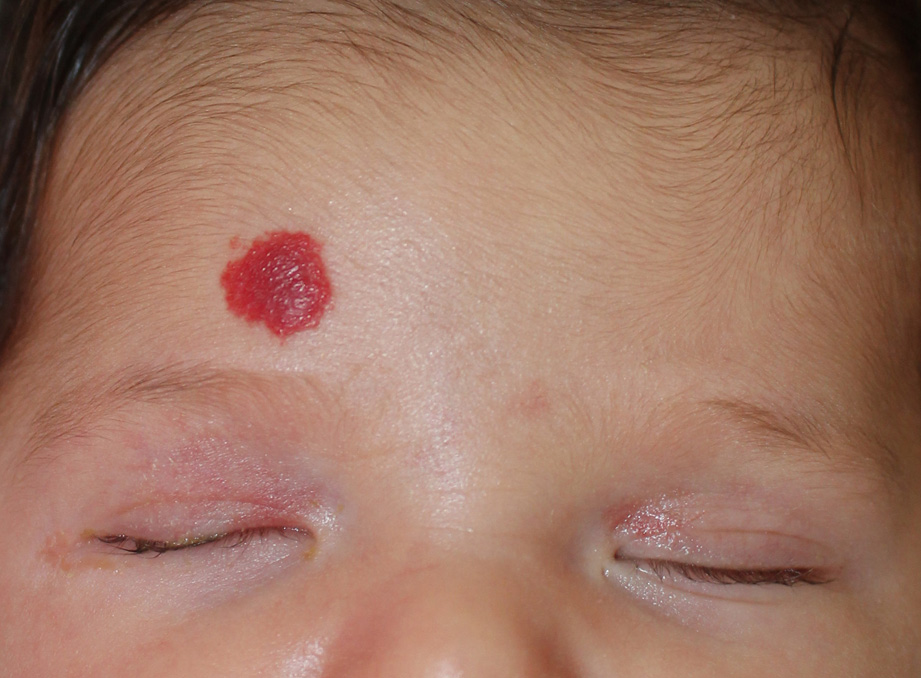Rebound of infantile hemangioma treated with propranolol.

Downloads
DOI:
https://doi.org/10.26326/2281-9649.28.4.1927How to Cite
Abstract
Propranolol has lower side effects than oral corticosteroids. The negative sides of propranolol are the longer duration of treatment and especially the rebound at therapy discontinuation, reported for the first time in 2009 (1). A rebound after the suspension of therapy occurs in 20-25 %% (2, 3). A significant rebound, which namely requires a new therapeutic intervention, occurs in 15% of cases (3). The most important factor in determining the rebound is the duration of therapy; for this reason, propranolol therapy has been prolonged until the end of the year of life and sometimes even up to 14-15 months. Female sex, facial localization, presence of a deep component (2, 3) are other factors that increase the risk of rebound. Finally, risk factors for rebound are abrupt withdrawal of therapy (2) and regression less than 30% after 1 month of therapy (1).
